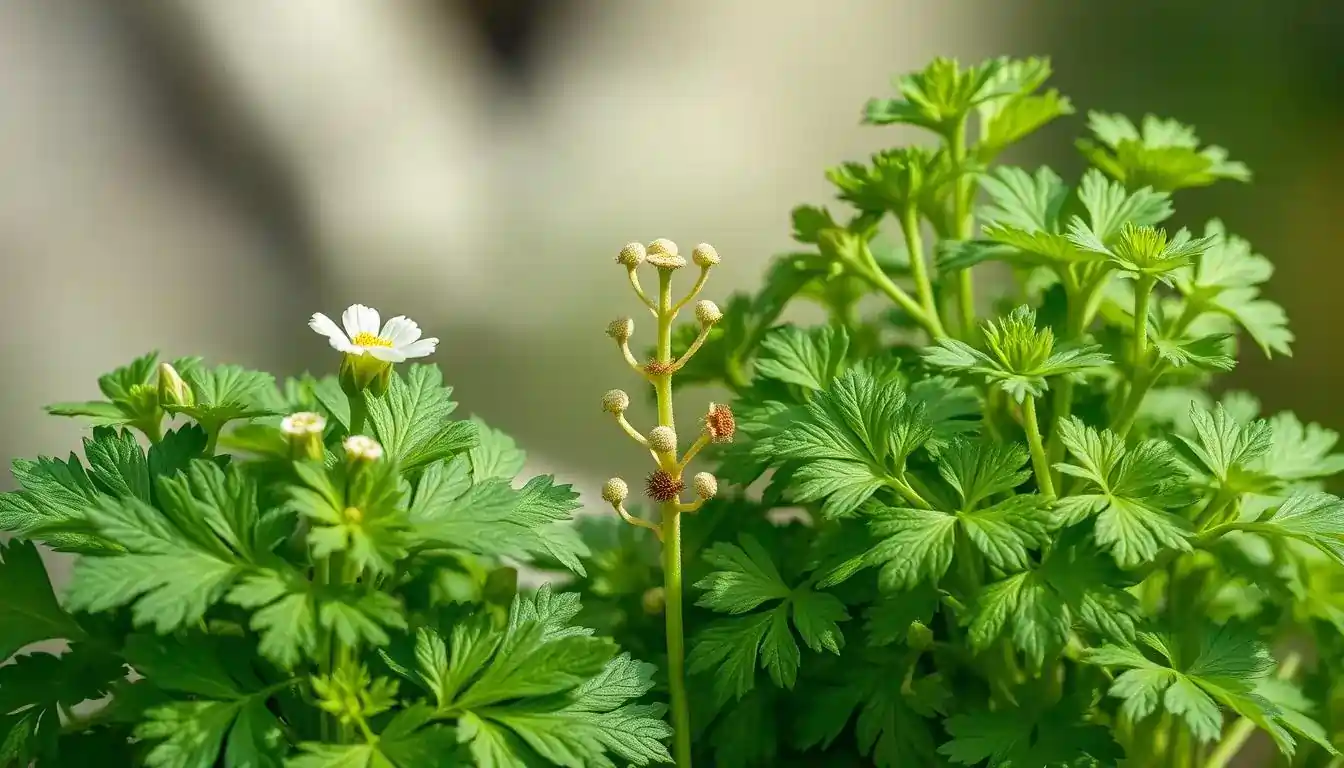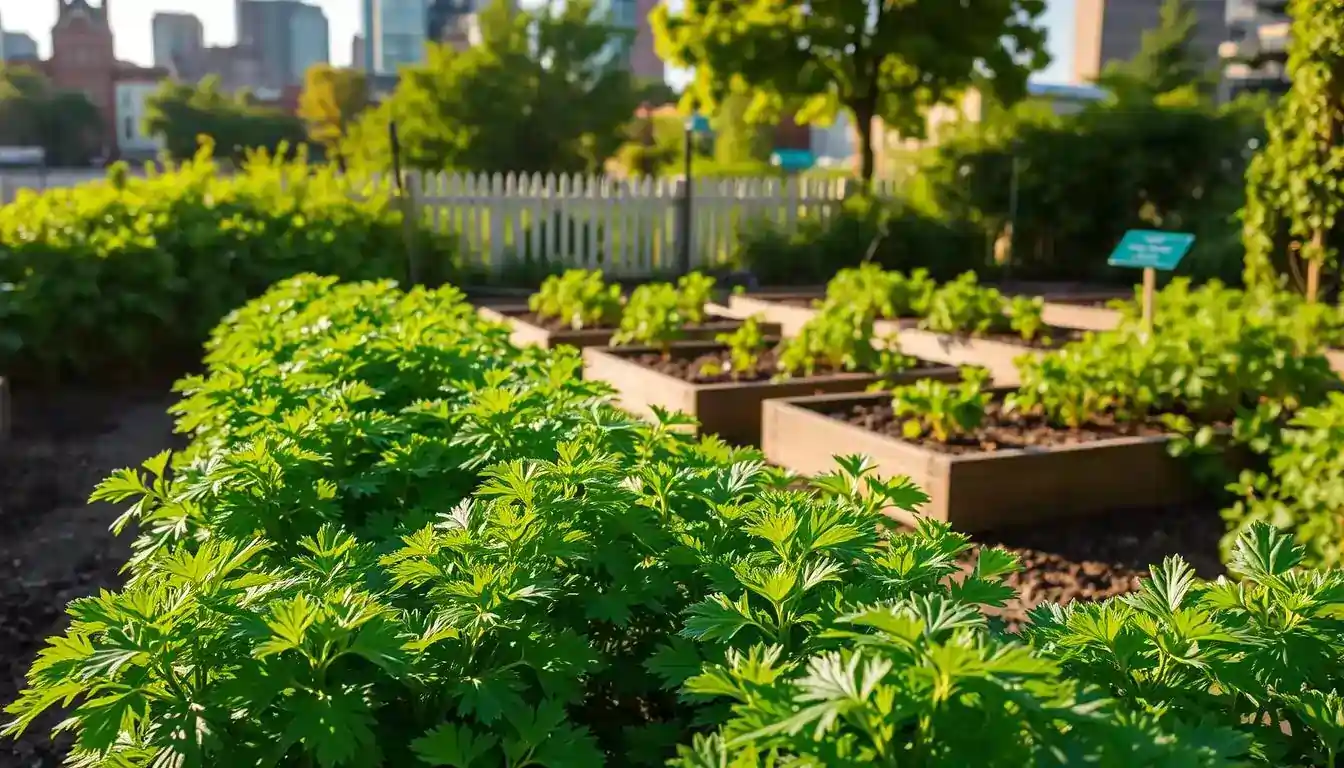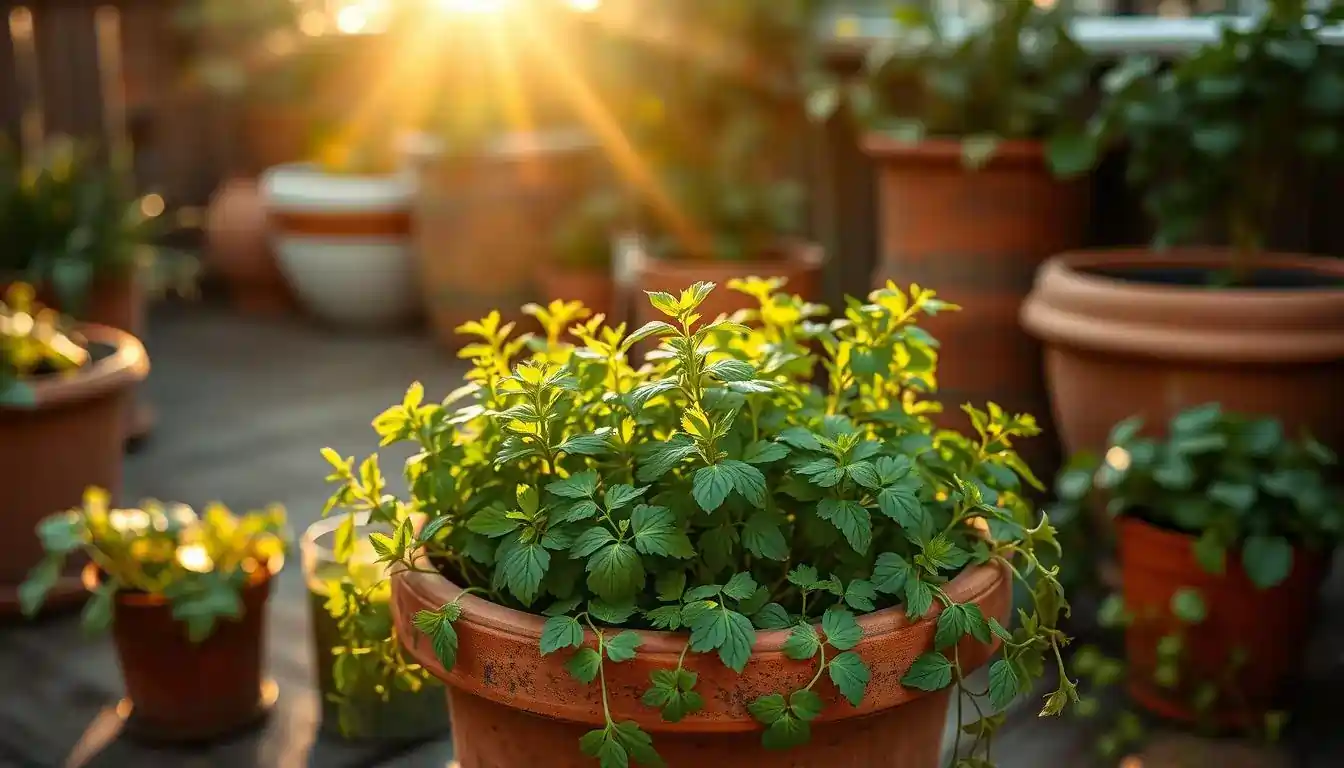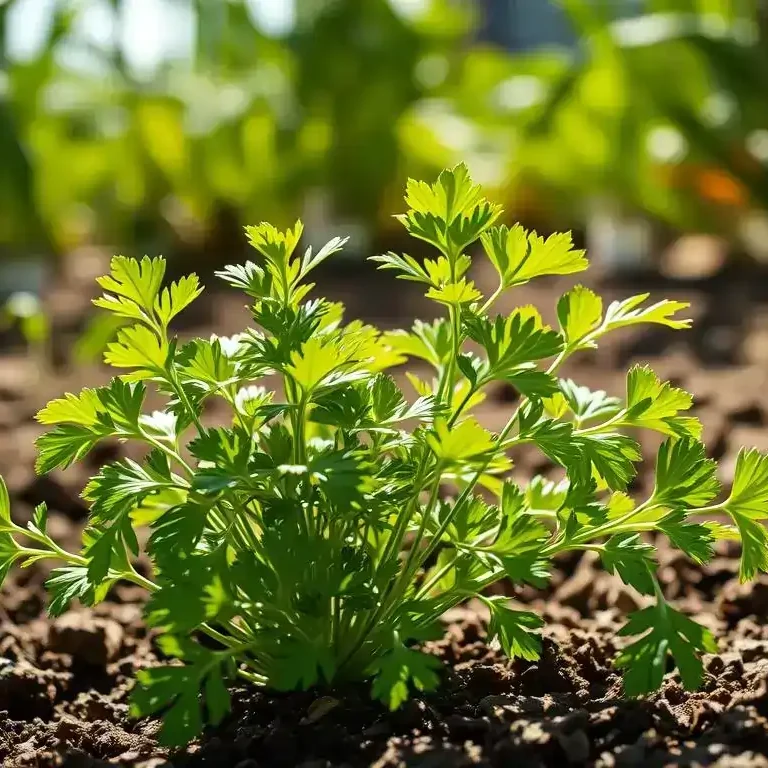Are you looking to add a unique flavor to your dishes? Growing culantro can be a great way to elevate your cooking. This herb, often confused with cilantro, has a distinct taste and is used in various cuisines around the world.
Caring for a culantro plant is relatively straightforward. With the right conditions and a bit of know how, you can enjoy a bountiful harvest. In this article, we’ll explore the simple tips and tricks to help your culantro thrive.
Key Takeaways
- Understand the basic needs of a culantro plant.
- Learn how to provide the right growing conditions.
- Discover tips for maximizing your harvest.
- Find out how to common challenges in culantro care.
- Explore ways to use your freshly harvested culantro.
What is Culantro? Understanding This Flavorful Herb
For those who enjoy cooking with herbs, understanding culantro and its differences from cilantro can elevate your culinary creations. Culantro, also known as Eryngium foetidum, is a herb commonly used in Latin American and Southeast Asian cuisine.
Culantro is often confused with cilantro due to their similar names and appearances, but they have distinct flavors and uses. While cilantro is known for its delicate, citrusy taste, culantro has a more robust, earthy flavor.
Culantro vs Cilantro: Key Differences and Similarities

The main difference between culantro and cilantro lies in their leaves and flavor profiles. Cilantro leaves are delicate and lacy, whereas culantro leaves are longer and more robust. In terms of flavor, cilantro has a fresh, citrusy taste, whereas culantro is more pungent and earthy.
| Characteristics | Culantro | Cilantro |
| Leaf Appearance | Long, serrated leaves | Delicate, lacy leaves |
| Flavor Profile | Pungent, earthy | Fresh, citrusy |
| Culinary Use | Latin American, Southeast Asian dishes | Mexican, Indian, Middle Eastern dishes |
Culantro’s Cultural Significance and Culinary Uses
Culantro is a staple herb in many cuisines, particularly in Puerto Rican, Mexican, and Southeast Asian cooking. It’s used to add depth and complexity to dishes like soups, stews, and salads. In some cultures, culantro is believed to have medicinal properties and is used in traditional remedies.
Incorporating culantro into your cooking can add a new dimension to your recipes. Experiment with using culantro in soups, salads, and as a marinade to experience its unique flavor.
Growing Culantro in the United States
For those in the United States looking to grow culantro, several key considerations come into play. The diverse climate across the country means that growing conditions can vary significantly from one region to another.
Regional Growing Considerations (Including Ann Arbor)

When growing culantro, regional considerations are crucial. In areas like Ann Arbor, Michigan, where the climate is continental with cold winters and warm summers, culantro can be grown outdoors during the warmer months. It’s essential to choose a location with partial shade to full sun and well-draining soil. Some key factors to consider include:
- Temperature tolerance: Culantro prefers warmer temperatures but can be sensitive to extreme heat.
- Moisture levels: Consistent moisture is crucial, but the soil should not be waterlogged.
- Soil quality: Well-draining, fertile soil is ideal for healthy culantro growth.
Seasonal Planting Calendar
Understanding the seasonal planting calendar is vital for successful culantro cultivation. In most regions of the United States, spring is an ideal time to plant culantro, as the soil has warmed up and the risk of frost has decreased. In areas with mild winters, culantro can also be grown year-round.
Indoor vs Outdoor Cultivation
Culantro can be grown both indoors and outdoors, depending on your preference and the climate in your area. Outdoor cultivation allows for more space and natural light, while indoor growing provides better control over temperature and humidity. For indoor cultivation, ensure that your culantro plants receive sufficient light, ideally from a south-facing window or under grow lights.
Starting Your Culantro Garden
Growing a thriving culantro garden starts with the basics: quality seeds and proper soil preparation. To ensure a bountiful harvest, it’s crucial to understand the initial steps involved in cultivating this flavorful herb.
Selecting Quality Culantro Recao Seeds
The journey to a successful culantro garden begins with selecting high-quality culantro recao seeds. Fresh and viable seeds are essential for optimal germination rates and healthy plant growth. When choosing seeds, consider the following factors:
- Purchase seeds from reputable suppliers or nurseries.
- Check the packaging date to ensure the seeds are fresh.
- Opt for organic or non-GMO seeds if preferred.
As emphasized by gardening experts, “The quality of your seeds directly impacts the success of your garden.”
“Good seeds are the foundation of a thriving garden. They determine the potential for healthy growth and bountiful harvests.” – Gardening Proverb
Soil Preparation and Planting Techniques
Once you have your culantro seeds, the next step is preparing the soil. Culantro prefers well-draining, fertile soil rich in organic matter. To achieve this, amend your soil with compost or well-rotted manure. The ideal soil pH for culantro is between 6.0 and 7.0.
| Soil Characteristic | Ideal Condition |
| pH Level | 6.0 – 7.0 |
| Organic Matter | Rich in Compost or Manure |
| Drainage | Well-draining |
When planting, sow seeds about ¼ inch deep and 1-2 inches apart. Keep the soil consistently moist during the germination period.
Container and Raised Bed Options

Culantro can be grown in both containers and raised beds, offering flexibility for gardeners with limited space. When using containers, ensure they have adequate drainage holes to prevent waterlogged soil. Raised beds provide better drainage and warmer soil temperatures, promoting healthy root development.
By following these guidelines, you’ll be well on your way to starting a thriving culantro garden, ready to provide you with a continuous supply of this versatile herb.
Essential Care for Thriving Culantro Plants
To keep your culantro plants thriving, it’s essential to understand their specific care requirements. Culantro, being a tropical herb, has unique needs that must be met to ensure a healthy and bountiful harvest. By mastering the care techniques outlined below, you’ll be well on your way to enjoying a continuous supply of fresh culantro.
Watering and Humidity Requirements
Culantro plants prefer moist soil but are susceptible to root rot if the soil is too wet. Water your culantro plants when the top inch of soil feels dry to the touch. It’s also crucial to maintain a humid environment, as culantro thrives in conditions with high humidity. You can achieve this by placing the pot on a tray filled with water and pebbles or using a humidifier nearby.
- Check the soil moisture regularly to avoid overwatering.
- Maintain a humid environment to promote healthy growth.
- Adjust your watering schedule according to the season.
Fertilizing Schedule and Recommendations
Fertilizing your culantro plants is vital for promoting healthy growth and maximizing yields. Use a balanced fertilizer with a ratio of 10-10-10 NPK. You can fertilize your culantro plants once a month during the growing season. Organic options like compost tea or fish emulsion can also be effective.
- Choose a balanced fertilizer for optimal growth.
- Fertilize your culantro plants monthly during the growing season.
- Consider using organic fertilizers for a more sustainable approach.
Managing Pests and Diseases
Culantro plants can be susceptible to pests like aphids, whiteflies, and spider mites. Regularly inspect your plants for signs of infestation and use organic pest control methods whenever possible. Fungal diseases can also be a problem, especially in humid environments. Ensure good air circulation around your plants and remove any infected leaves to prevent the spread of disease.
Preventing Bolting and Extending Growth
Culantro plants can bolt, or go to seed, if they’re not properly cared for. To prevent bolting, ensure your plants receive adequate moisture and nutrients. You can also pinching off flower buds to direct the plant’s energy towards leaf production. Providing partial shade during the hottest part of the day can also help extend the growing season.
- Maintain consistent moisture levels to prevent stress.
- Pinch off flower buds to promote leaf growth.
- Provide partial shade during extreme heat.
Harvesting and Using Your Culantro Bounty
Now that you’ve successfully grown your culantro, it’s time to enjoy the fruits of your labor. Harvesting culantro is a straightforward process that requires some care to ensure you get the most out of your crop.
The best time to harvest culantro is when the leaves are fresh and tender. You can start harvesting individual leaves or stems as needed, or you can cut off the entire plant just above the soil line to encourage new growth.
To store your freshly harvested culantro, simply wrap the leaves in a damp paper towel and place them in a sealed container in the refrigerator. This will keep your culantro fresh for up to a week.
Culantro is a versatile herb that can be used in a variety of dishes, from soups and stews to salads and sauces. You can add it to your favorite recipes or try using it in traditional dishes like Puerto Rican sofrito or Mexican salsas. Experiment with different culinary uses of culantro to find your new favorite flavor.
With your freshly harvested culantro, you can elevate your cooking and add a burst of fresh flavor to your meals. Enjoy the bounty of your labor and happy cooking!

